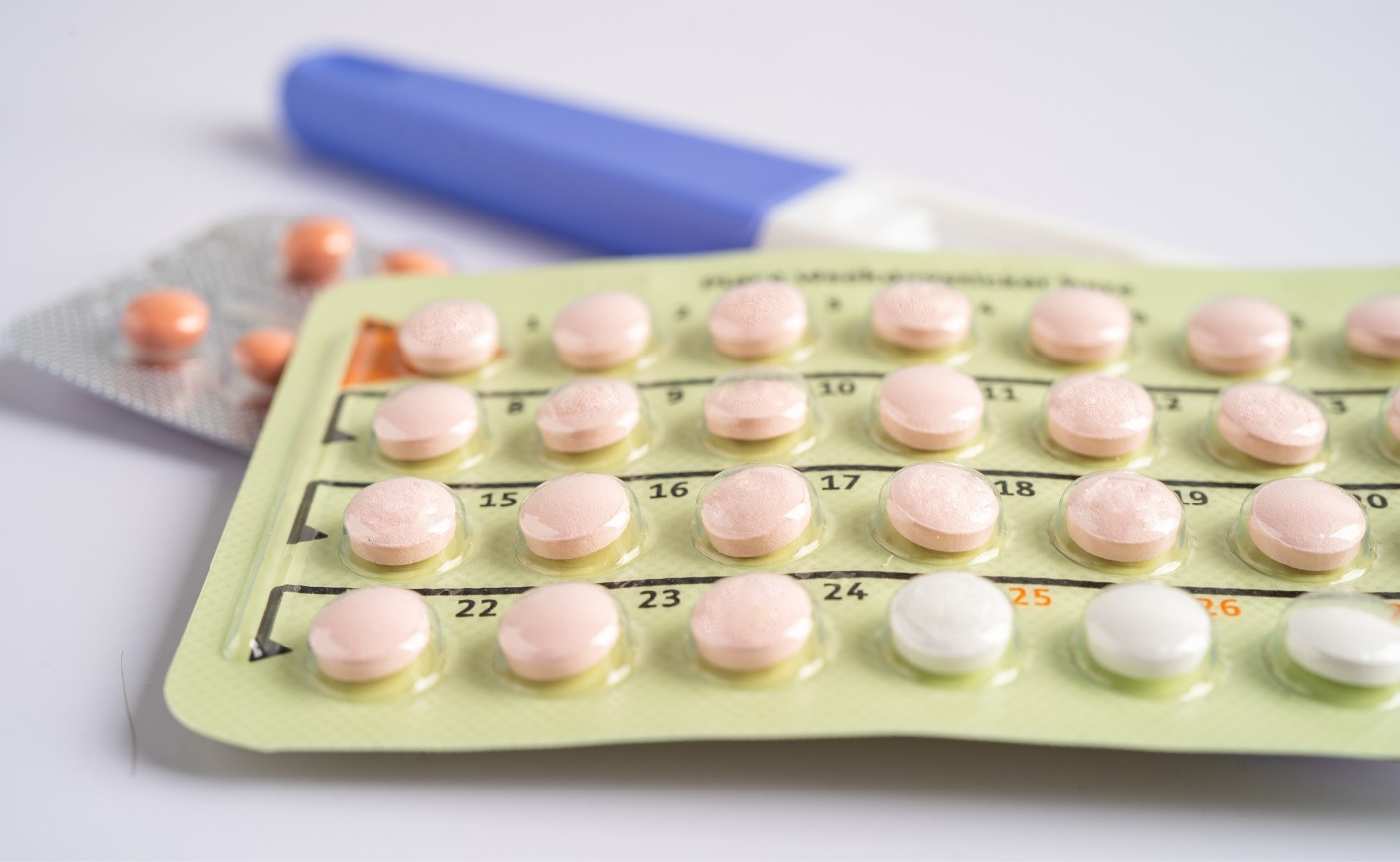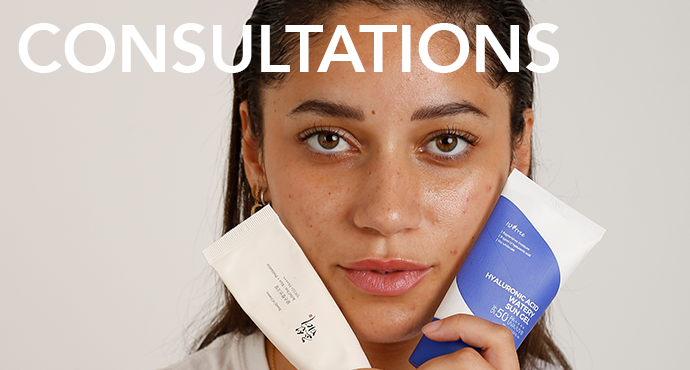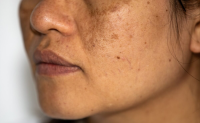
The contraceptive pill, often simply called "the pill," is used by millions of women worldwide for contraception. However, its impact goes far beyond pregnancy prevention. Its side effects influence various aspects of women's health, including their skin. In this article, we will review the effects of the pill on the skin, examining both the potential benefits and drawbacks.
Understanding the hormonal pill
Hormonal contraceptive pills typically contain synthetic forms of estrogen and progestin. These hormones prevent pregnancy by inhibiting ovulation, altering cervical mucus to prevent sperm from penetrating during intercourse, and modifying the uterine lining to prevent embryo implantation.
Types of hormonal pills
- Combined Oral Contraceptives (COC): Contain both estrogen and a progestin (synthetic progesterone). Examples include Leeloo Gé, Jasmine, and Minidril.
- Progestin-Only Pills (POP): Contain only a progestin, such as Cerazette, Optimizette, or Microval.
The specific hormonal composition can significantly affect the impact of each type on the skin.
Positive effects on the skin
Reduction of acne
One of the most documented benefits of the hormonal pill on the skin is its ability to reduce acne, particularly with COCs that are often prescribed to treat acne. Here's how it works:
- Suppression of androgens: Acne is often caused by androgens, male hormones also present in women. Androgens stimulate the sebaceous glands to produce more sebum, which can clog pores and cause acne. Estrogen and progestin in COCs reduce androgen levels in the blood, leading to decreased sebum production.
- Regulation of Sebum Production: By balancing hormone levels, COCs help regulate sebum production, thus reducing acne occurrence.
Improvement of hirsutism
Hirsutism, the excessive growth of hair on the face or body in women, can be caused by high levels of androgens. Hormonal contraceptive pills, especially those containing progestins with anti-androgenic properties, can reduce androgen levels and therefore diminish unwanted hair growth.
More even skin tone
Hormonal fluctuations can cause hyperpigmentation or melasma, particularly during pregnancy ("pregnancy mask"). COCs can help stabilize these hormonal changes, potentially leading to a more even skin tone.
Negative effects on the skin
Worsening of acne
Although the pill can reduce acne in some women, it can paradoxically worsen it in others, especially if the progestins used have androgenic properties. Hormonal fluctuations caused by the pill can lead to increased sebum production, causing breakouts.
Risk of hyperpigmentation
While some women see an improvement in their skin tone, others may experience worsening hyperpigmentation. Estrogen can increase melanin production in some individuals, leading to dark spots or melasma, particularly in those predisposed to hyperpigmentation.
Increased sensitivity
Some users of hormonal pills may experience increased skin sensitivity. This can manifest as redness, irritation, or an enhanced reaction to environmental factors such as sun exposure or certain skincare products.
Aggravation of certain skin conditions
In some cases, the hormonal pill can exacerbate conditions such as:
- Melasma: As mentioned, increased estrogen can trigger melanin production, worsening melasma in some women.
- Psoriasis and Eczema: Hormonal fluctuations caused by the pill can sometimes aggravate inflammatory skin conditions like psoriasis or eczema.
Mechanisms Behind Skin Changes
Hormonal influence on sebaceous glands
Sebaceous glands, responsible for sebum production, are highly reactive to hormonal changes. Androgens increase sebum production, while estrogens decrease it. By modulating these hormone levels, the hormonal pill can significantly influence sebum production and, consequently, acne levels.
Estrogen and Collagen Production
Estrogen plays a crucial role in collagen synthesis, essential for maintaining skin elasticity and firmness. This is why some women notice improved skin texture and a reduction in fine lines when taking COCs.
Variations in progestins
Not all progestins are equal. Some, like drospirenone (found in pills like Yaz and Yasmin), have anti-androgenic properties, making them particularly effective in treating acne. Others may not offer this benefit and could even worsen sebum production and acne.
Consultation and prescription
It is essential to discuss with a gynecologist to determine the contraceptive method best suited to your specific needs and skin type. The gynecologist can also advise you on the potential side effects of different methods, whether hormonal pills, contraceptive implants, copper IUDs, or hormonal IUDs.
Understanding the scientific mechanisms behind these changes can help women make informed decisions about their contraceptive choices. It is always advisable to discuss any skin concerns with a healthcare professional when considering or using hormonal pills to tailor the approach to individual needs and skin types.
Sources :










